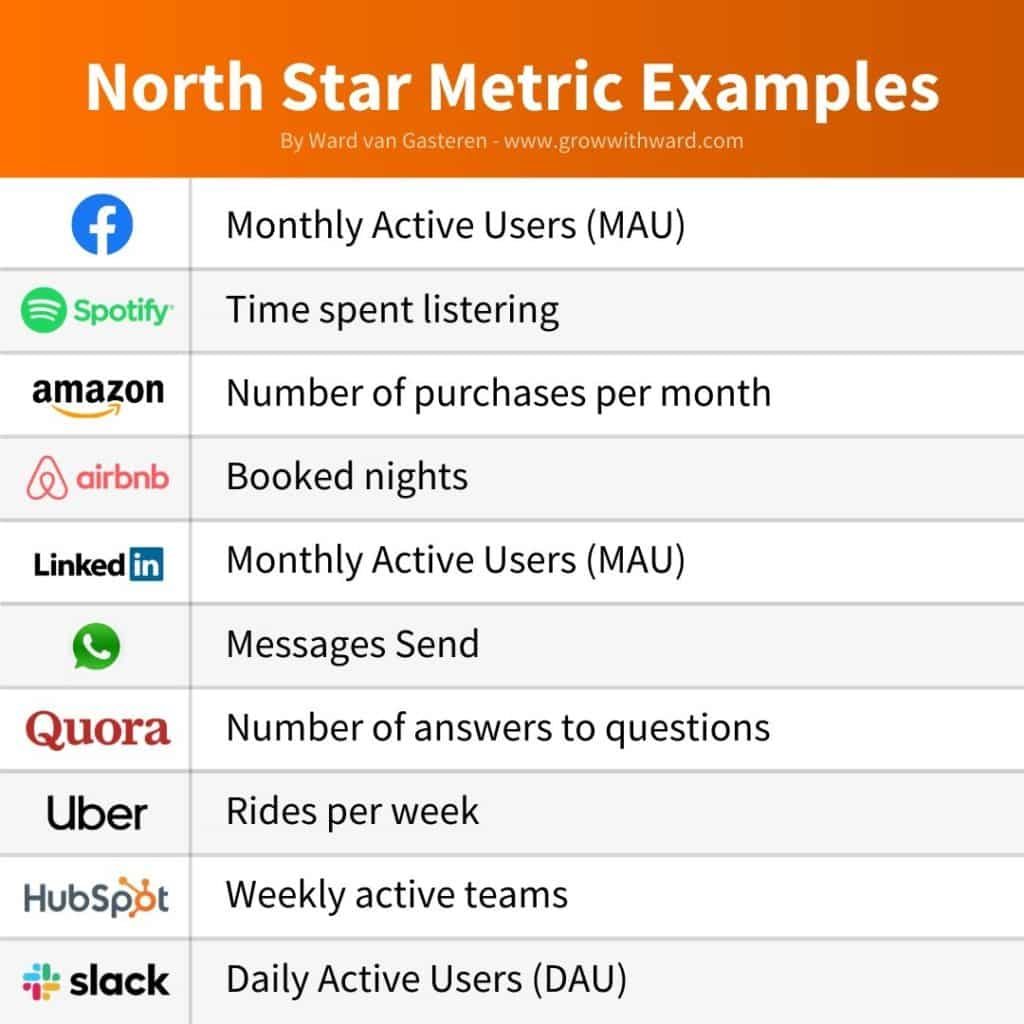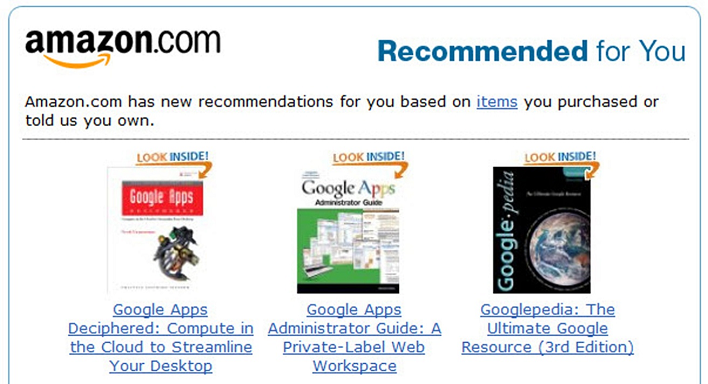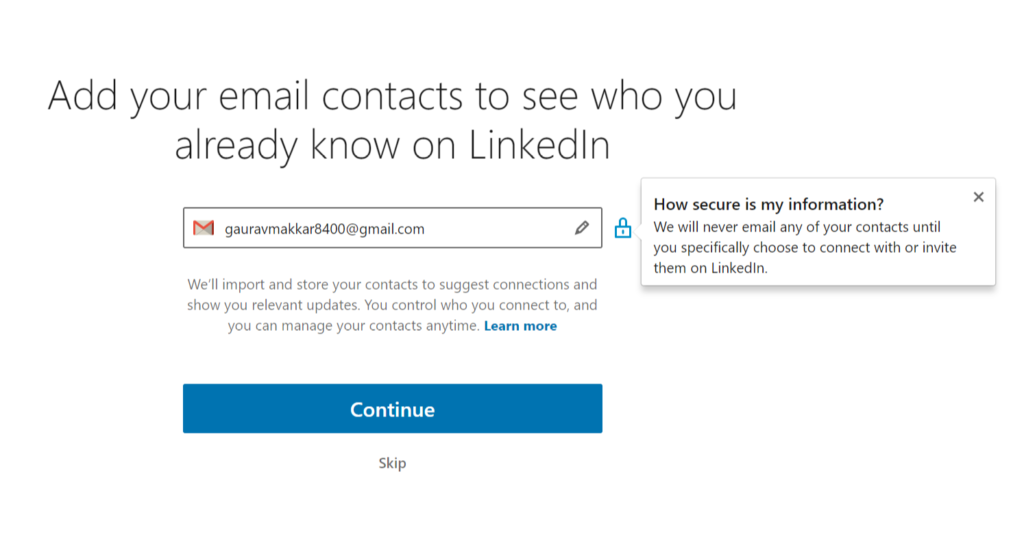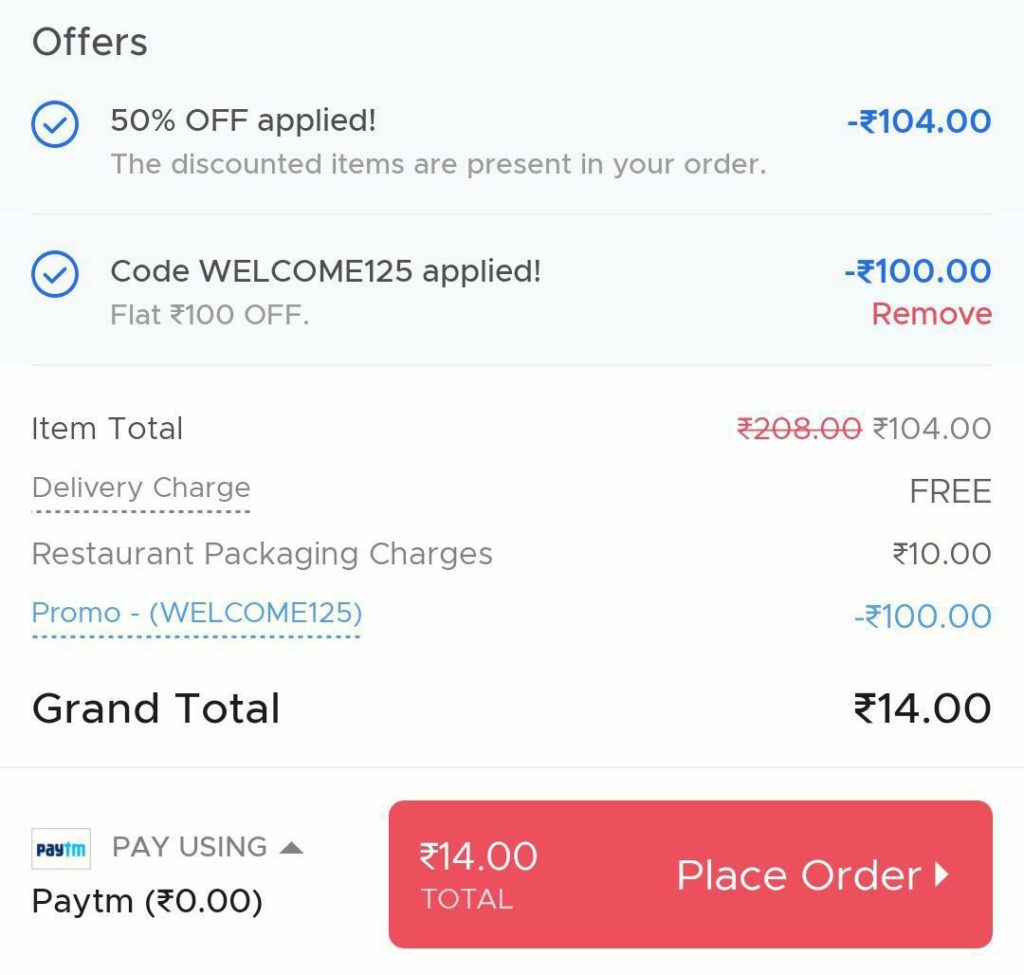
Arindam Paul is Founding Member and Head, Marketing & Strategy at Atomberg. He is an amazing marketer and an exponential player in the D2C game, helping fellow founders and marketers scale their business profitably.
When you launch a product, you want people to know about it. You want them to look for you, get to know your products, and make a purchase.
But, you just created a website and most of your target audience are not even aware of it. So, where are all your customers? Where and how can they find you?
This is where Marketplaces come into play. A place where your buyers are ready to buy exactly what you are offering. Amazon is one of the biggest marketplaces with over 100 million registered users making it one of the hotspots for every D2C Founder. But with the huge customer base, also comes the pressure of heavy competition.
So, how to build your Amazon Flywheel to make your mark in this pool of unending opportunities?
We were lucky to have Mr. Arindam Paul, Founding Member and Head, Marketing & Strategy, Atomberg Technologies as our expert on “Building your Amazon Flywheel”.
From sharing his journey at Atomberg & explaining the mechanics of Amazon to putting forth real niche thought starters for our members, he helped our cohort to set a clear idea about their future marketplace listings.
The Marketplace Flywheel
What is the starting point on the Marketplace Flywheel? No one is aware of your product when you first launch it.
In that case, it is necessary to hold paid campaigns on social media platforms so as to spread awareness about the category and the brand. That will cause your audiences to visit the marketplaces and search for your product, thus leading to organic discovery. This will get you “Product Page Views”.
Once more people start visiting your product page, gradually your will start making Sales, thus reaching the second step of the flywheel.
From these sales, you build your Reviews and Ratings which is a key component for every business. Good reviews can give you an amazing hike in your sales whereas bad reviews can take it down significantly.
As your listing history starts to get more pronounced, you start getting discovered organically on generic keywords as well. You will reach the stage where you will also start getting customers from Organic Discovery and not just the paid ads. This is when the Flywheel starts moving
Next comes your Brand. Now that people are starting to discover your product, it’s time to introduce them to your brand. On-platform advertisements like sponsored product ads & product listing ads on social platforms will increase your website traffic. Knowing your brand better now, they will come back to Amazon and search for it, which will again lead to more product page views, sales and reviews and ratings thus keeping the flywheel moving.
As a result of this accelerating cycle, your dependence on ads keeps decreasing. You will start getting 60-70% of your conversions organically, reducing your expenditure on ads significantly.
How to Increase Your Sales on Marketplace?
Sales = Traffic on Product Page * Conversion Rate
So, when you say your sales are reducing, it is either a traffic issue or a conversion issue. It is very important to first figure out the problem before starting to work on it.
TIP: Start keeping a track of your traffic and conversion rates on a daily basis. It is a very straightforward but very powerful hack to understand the nature of the issue.
Levers to Increase Traffic:
Organic
a) Rank on top in Generic Searches – This is one of the dream possibilities for any D2C Founder. It takes time but when you start appearing on top, it will grow your sales very significantly.
b) Brand Searches ( Function of Off-Platform spends, repeats, WOM, etc) – When someone searches for a very specific product that exactly replicates what you are selling, it will bring very high-rated conversion traffic to your website.
All the off-platform spending that you do will translate into “Brand Searches” for the platform. Tracking brand searches is very important because when it will start diminishing after a certain point in time, you won’t be able to scale profitably.
c) Get discovered on Category/Deal Pages
Paid
a) Search Ads ( Generic, Competition)
b) Display Ads ( Custom Intent, Product Display)
Levers to Improve Conversions:
- Listing Quality:
- Hero Image – Whenever we are creating content, we make it on the desktop thus making it suitable only for website searches and not app searches.
But it was noticed that 70-80% of the purchases from Amazon were made on apps. As the interface of the ads and the website are different, the most significant feature that you can add is images. Amazon showcases the lists of products in the form of scrollable images making it easy for customers to browse.
- SKU Name
- Other Images and Videos ( Most Important when purchase happens through the app)
- A+ Content – This comprises the content you present to your customers. A customer would always be interested to know what are the benefits he will get from your product.
So, instead of focusing your piece on the technicalities of your product, including how it will help the customer.
- Bullets
- Question and Answers – Q/A gives you an insight into the customer’s thought process that will help you in understanding what are their issues and what do they want. Answering these questions is a very good way to stay in touch with your customers and let them know that you care about them.
- Operations:
- Fulfillment ( Has to be FBA/FBF)
- Regional Replication (This ensures time to delivery is minimum)
- Reviews and Ratings
- Seller-Central Mails
- Packaging Inserts
- Product Seeding with Influencers and Reviewers ( Not very common yet)
- Deals and Discounts: Deals and Discounts are also an effective way to increase sales and acquire customers, but overdoing them is never a good idea! Overdoing discounts on the marketplace makes it the reference price and customers will refrain from purchasing from your website at a higher price.
Marketplaces to Focus On
There are so many marketplaces present for every category that it becomes difficult to pick the ones that will actually be profitable or fit for your industry. 2 Parameters you should consider while taking this decision are:
- Current share and future Outlook towards the category –
How to do:
- Talking to Category Managers – Customers prefer marketplaces where there are options. So, if a particular category in a marketplace has a very deep set of options, it is a good match.
- Performance on generic searches on Google – Search for very generic terms on Google and check which marketplaces are bidding on them. If a marketplace is bidding on those keywords or ranking high on them, that means it has a strong focus on that category.
- The current selection available in the marketplace
- Marketplace-TG Match with Product/Brand – This is a very important parameter to consider before listing your products. You need to understand if the marketplace you chose has the right kind of customers you are looking for.
At some places, the prices may be too much for your target group but the other marketplaces might work wonders for you.
Newer/Upcoming Marketplaces
- Relationship Driven – Newer marketplaces are generally relationship-driven, thus wanting to create a level of trust among its customers.
- Chance to be a first-mover – You can get to be a first-mover in these marketplaces and capture the market share faster.
Evaluate newer marketplaces on the only parameter, “ Can they generate incremental sales for the brand”?
Key Metrics to Track
Platform Wise
- Sales Volume and Value
- Returns
- Marketshare
- Ratings and Reviews( Volume as well as Quality)
- Platform wise Ads Effectiveness ( Total ad spends in the platform/Total sales due to ads in the platform)
- Percentage of Order from Platform Ads
Overall E-Commerce
Total digital spends( On+off platform)/Total e-commerce sales ( Hardest metric to track and improve).
We would like to thank our expert for this very insightful session! All the learnings and experiences that he shared with our cohort was very valuable.
Want to be a part of his next session and many more like this?
Join our next cohort:
https://www.xpert.chat/d2cmarketing.php
.


































